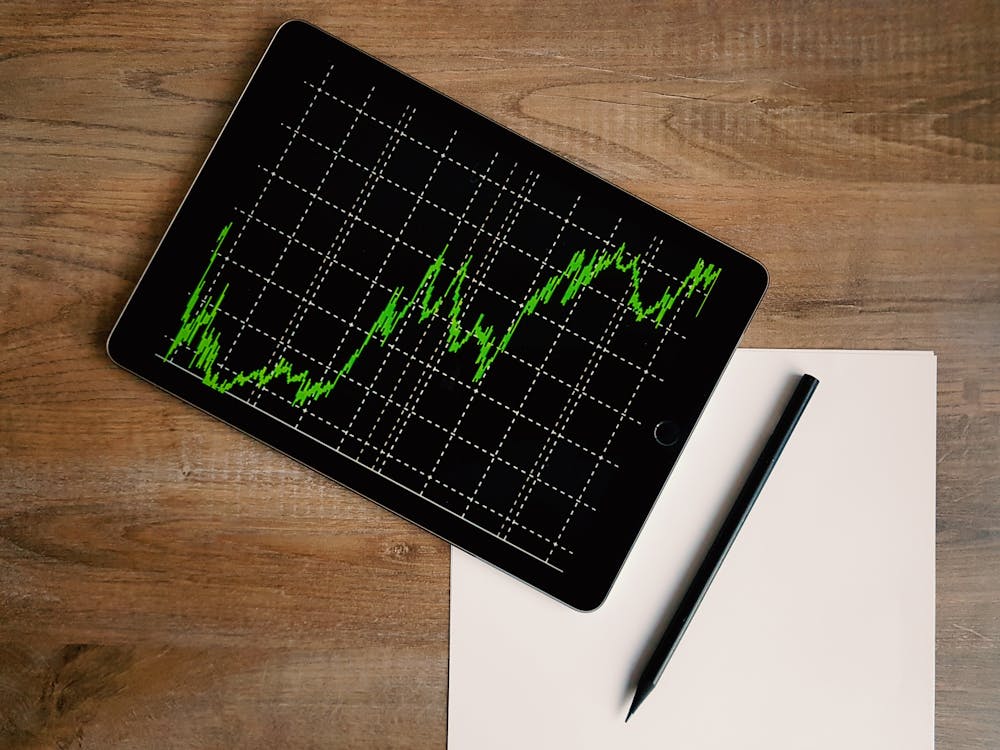Convertibles Will Be 2024’s Hot Financial Model

Image Source: Pexels
Now is a good time to take a spin in a new convertible. Refinancing needs and higher interest rates will refuel the crossbred bonds that once helped springboard Citadel founder Ken Griffin from Harvard student to billionaire hedge fund manager. And new features should tempt investors to ride off with them again.
Convertible notes that provide steady income, but which can turn into shares at pre-agreed prices, sputtered after a $370 billion pandemic-era boom in 2020 and 2021. Roaring stocks ultimately made the equity piece more alluring, even enabling dozens to be sold bearing zero interest. Emblematic of the crop was a $1 billion issuance from Covid-hyped fitness company Peloton Interactive that required a 60% rise in its stock price to convert.
The theoretically optimized hybrid of loss-protected debt and equity-like upside crashed into stark reality, however. In 2022, the S&P 500 Index dropped by some 20%. Now, more than $200 billion of these securities are set to mature by 2025, reckon BNP Paribas analysts, with many of the associated stocks well below their conversion prices. Peloton’s has fallen more than 90% since borrowing the funds.
Despite the many lemons clunking around the market, fresh models are being engineered. Benchmark U.S. interest rates have reached a two-decade high, making it more expensive to borrow. The lower coupons paid by convertible bonds and the delay in any equity dilution should be attractive under the circumstances. By mid-November 2023, issuance had jumped 34% from the same span a year earlier versus a 65% decline in leveraged loans and a mere 4% bump for investment-grade debt, according to LSEG.
Stronger issuers than fledgling and unprofitable technology companies also should help kick things into higher gear. Duke Energy, which carries an investment-grade rating, sold its first convertible bond in 2023, using some of the money to pay off short-term funding it typically favors.
The appeal of Griffin’s hallmark trade is also rising for fund managers. It can be a fairly simple proposition: Buy the bonds and sell short the underlying equity. If the stock falls, the bond’s downside is protected, while the short reaps a profit. If the price goes up, the bond’s will too, flipping the result. These swings supply the core of the profit.
Higher rates provide a helpful twist: Invest cash proceeds from the short in safe, higher-yielding Treasury bills and add it to the bond income. These benefits also can be amplified by introducing leverage and other derivatives, albeit with extra risk. Those extra features will make convertibles 2024’s hot financial model.
More By This Author:
UK Equities: Cheap, If Not Always CheerfulGen Alpha Will Tire Of Living Online
Paramount Casts Itself In Next Season’s M&A Hit
Disclaimer: This article is for information purposes only and does not constitute any investment advice.
The views expressed are the views of the author, not necessarily those of Refinitiv ...
more


